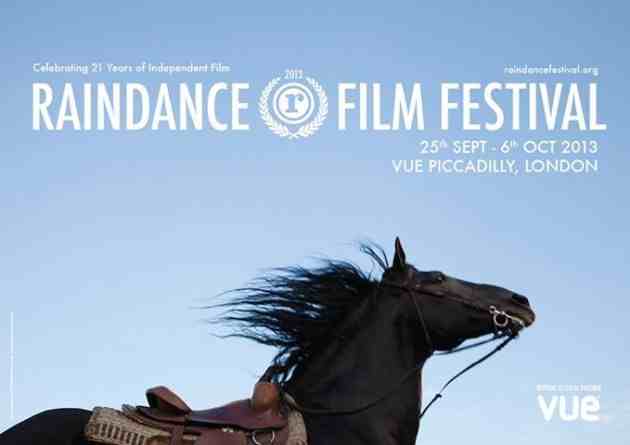One of the most praised dramas at Sundance USA last year and early Oscar contender to boot, Fruitvale Station finally got it’s UK bow at this year’s festival. The true story drama has been hoovering up acclaim and awards over the last year and it is very easy to see why. Over the course of December 31st, 08 and January 1st, 09 we track Oscar Grant (Michael B. Jordan), a young father and resident of Hayward, California who begins his day determined to turn his life around. Following a spell of recent criminal convictions and prison spells, Oscar is resolved to get his house in order; get a new job, cut off bad habits and treat his family right including his adoring yet straight talking mother (Octavia Spencer). However, this search for redemption is to have a tragic end as a New Year’s Party in the city culminates in a cruel, needless tragedy that leaves the community -and America- in shock.
Having an entire movie rest largely on a single performance is a risky business indeed. If your lead is underwhelming or just flat out doesn’t convince then you and your movie are dead in the water. Debut writer/director Ryan Coogler was surely aware of this going into production on Fruitvale Station. But he must also have been aware when he cast Michael B. Jordan that he really didn’t have to worry much. Still perhaps best known for playing the young, doomed drug dealer Wallace in the exceptional TV series The Wire, Jordan is an absolute flat out revelation here, a breakout role if ever there was one. Throughout Grant’s trials and tribulations over the course of the film, there is the feeling of raw anger and frustration at his surroundings and even many of those who surround him. Yet Jordan never feels like he’s showing off on a soap box like a lot of other ‘awards worthy’ performances have a habit of doing. Every beat, glance and observation feels real and lived in. The story of of fallen man going straight could easily fall into cliche yet the sheer humanity of the performance is more than enough to steer clear of any pitfalls. As mesmerizing as Jordan is it would be unfair to dismiss other cast members especially, Octavia Spencer on blinding form as Oscar’s rock steady mother. Her crumbling composure at the film’s climax is going to break hearts.
As a director, Coogler keeps a steady hand on incendiary material. Make no mistake, this is an angry film and rightly so. Rather than letting that anger disrupt the story and tone, he keeps everything on an even keel. There’s no fuss or confusion to the film’s beautiful and precise shooting. There’s even a touch of playfulness with Oscar’s text messages popping up on screen à la BBC’s Sherlock (don’t worry; it’s nowhere near as gimmicky or intrusive as it could be). We witness actual phone footage of the Fruitvale incident in the films opening act so there’s no surprise to the terrible outcome yet we feel all the gut-wrenching tension and heartbreak as Oscar goes about his daily grind and moves steadily towards his fate. It’s almost unbearably upsetting yet Coogler has managed to find the beauty and tenderness in the frank observations of an individual in his last moments. It’s a paean to life in America in all its wonder – and indeed its horror – and it deserves every bit of your attention.








